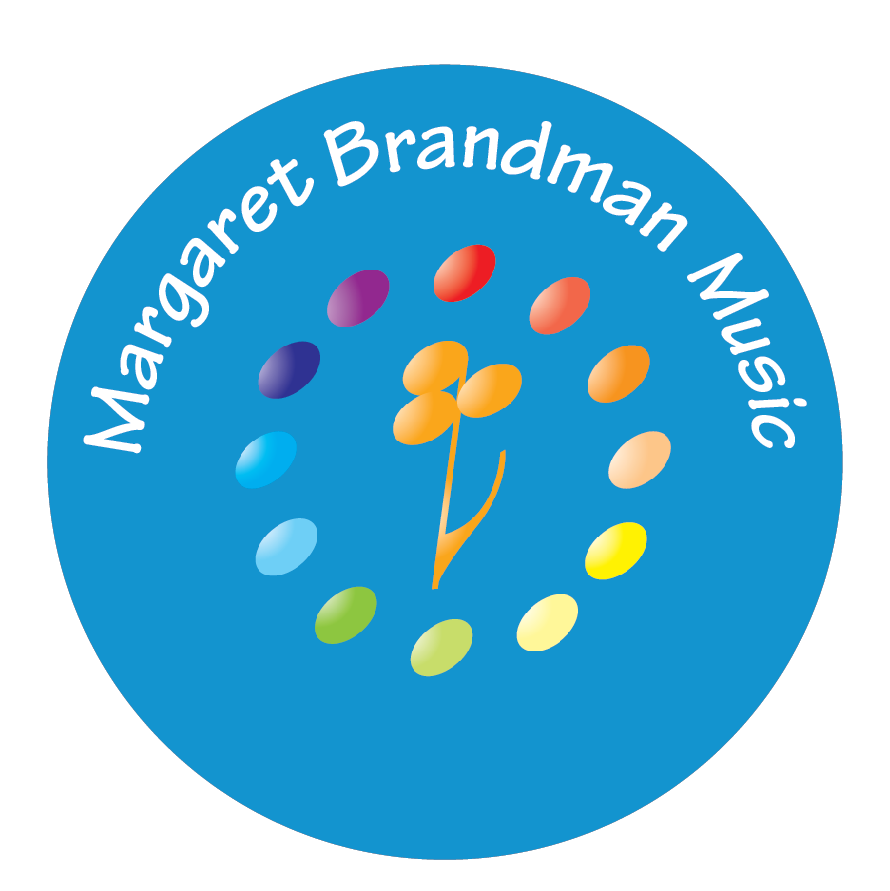Margaret Brandman has, in her recent publication provided a text which, whilst designed for students, will prove to be an invaluable resource for all music teachers.
Harmony Comes Together is designed not only to equip the student with the necessary skills to write effective and meaningful three and four-part harmony required for current syllabuses but also bridges the gap to include the popular, jazz and contemporary music idiom.
For teachers, Margaret Brandman’s book provides a clear and logical progression for harmony instruction, ideal for lesson planning and perfect for the time-stretched music teacher. It will have a real place on the studio shelf for teachers wanting a source of reference for revision or confirmation of harmony procedures
Although Harmony Comes Together is intended to follow the earlier publications, Contemporary Theory Workbooks and Contemporary Chord Workbooks it is able to stand independently. Newcomers will have no difficulty following the text.
The key feature of the book is the gestalt approach to harmony, fostering an appreciation of the ‘why’ and ‘how’ of chord progressions in meaningful and relevant terms. The early explanation of the cycle of 5ths and chord tables allows the reader to readily grasp the concept and pertinence of harmony. This transports harmony from the dry and theoretical chore necessary for exams to a fascinating and fun arena.
The conflicting, overlapping and often confusing use of British versus American terminology is addressed. The figured bass and the use of chord symbols is de–mystified. Well-spaced and laid out text with effective use of colour coding and graphics will be a boon for younger students. A welcome contrast to the dry conventional harmony text.
The contents flow easily and logically from chords and inversions to more detailed chapters on chord progressions. The reasons for specific chord selection with emphasis on the resultant sound and effect are refreshing rather than just recommending “what fits”. The demons of a student’s four-part harmony exercise (consecutives, augmented intervals, doubling does and don’ts, false relations and so on), are dealt with effectively in a logical manner. Highlighted “Rescue Cards” give suggestions for trouble-shooting and rectifying sticky situations – a boon for teachers marking. Two and three-part writing and piano style are included, but of particular interest are the harmonization exercises for popular songs – with answers. This bounces four and three-part harmony writing into the twenty-first century for the young student. The benefits and value of such functional tasks are axiomatic.
Harmony Comes Together provides ample exercises and examples for the student or teacher. Well-spaced and sequenced it is a pleasure to read and use.
Review by Jane Meggitt
for Music Teachers Association of NSW Studio Magazine July 2008
